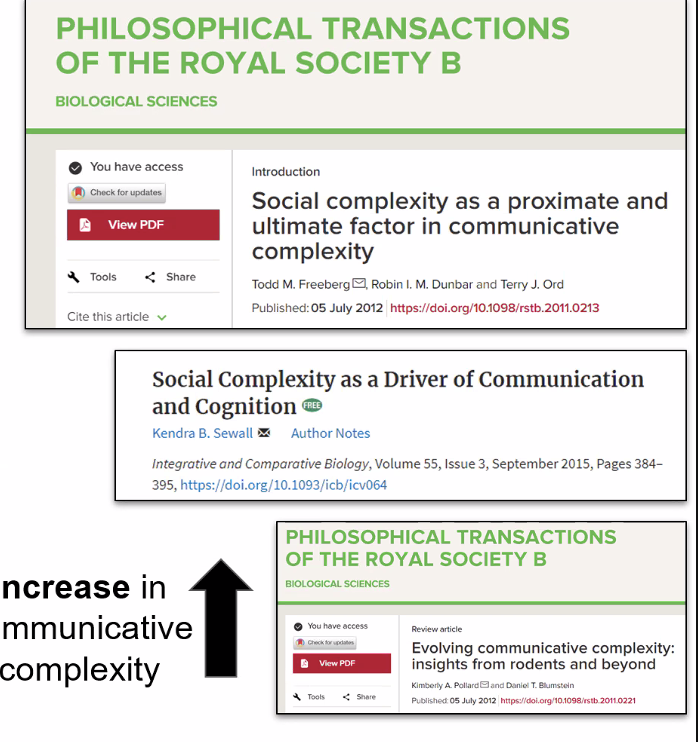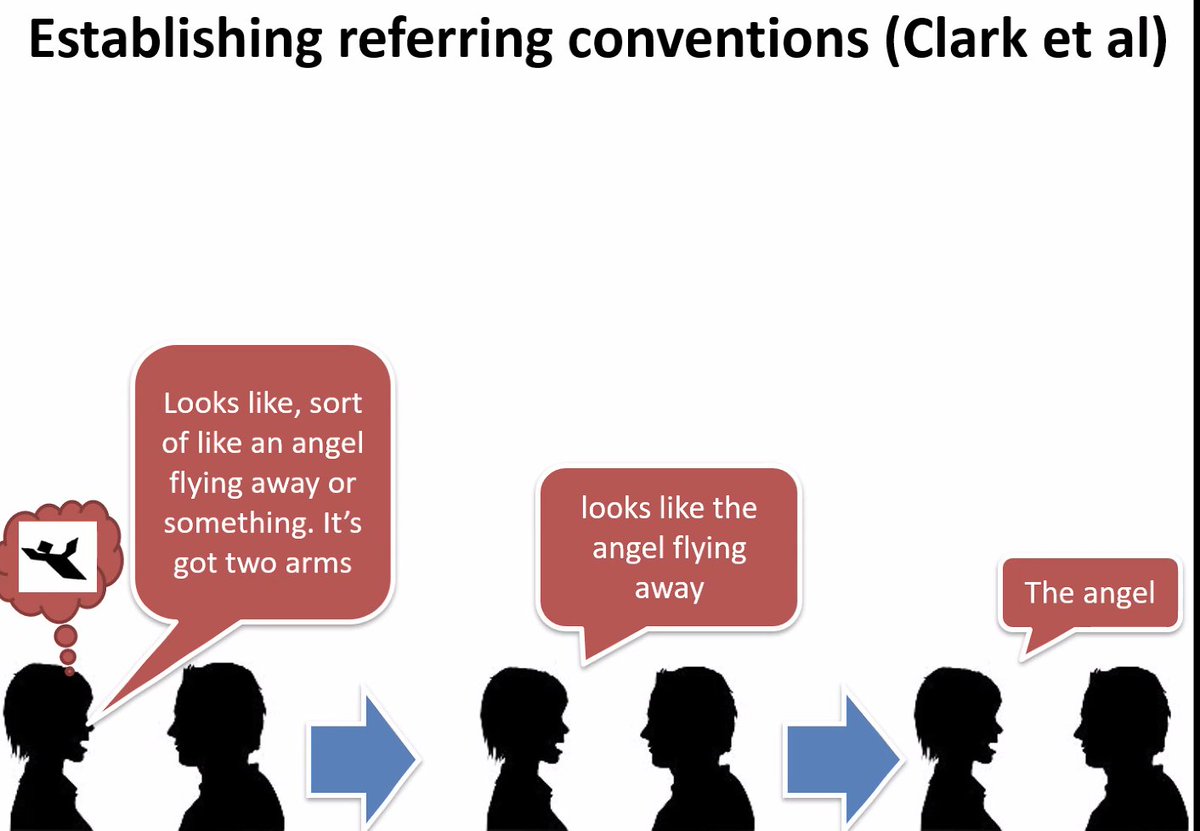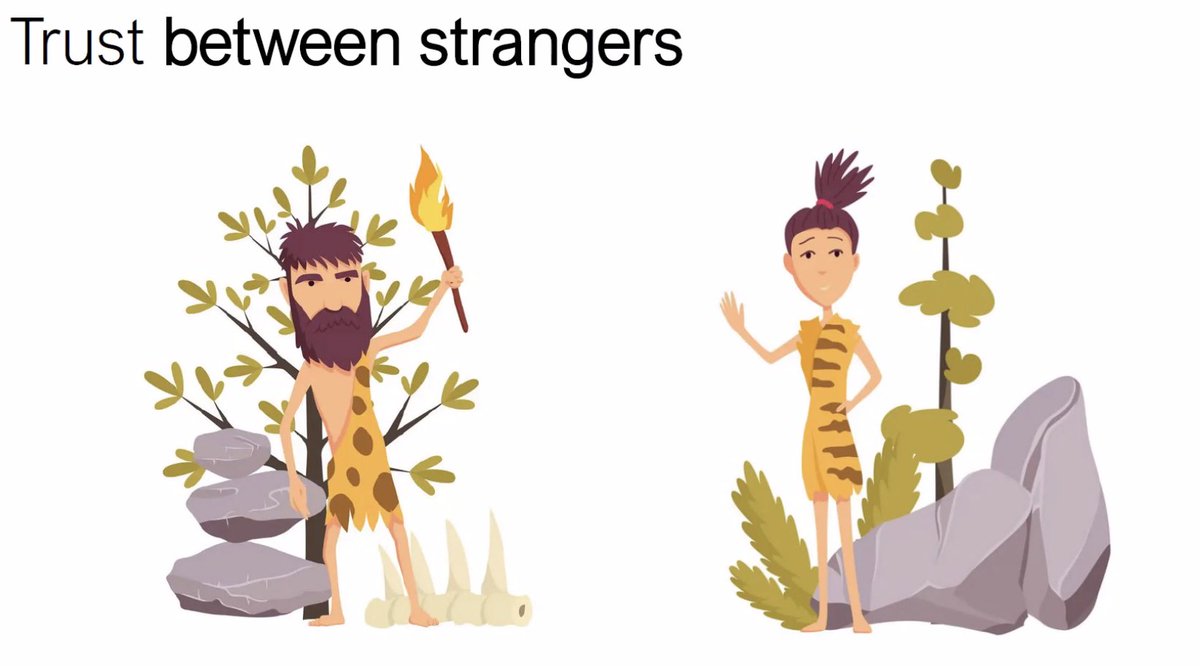
@YaaminMoot et al from @UoE_CLE show work on regularisation, naturalness, and systematicity in silent gesture experiments. They start with the question of we get from item-based preling communication to a system via several processes #Protolang7 

One way to test this is using possible biases in word order. E.g. naturalness: specific orders preferred for specific meanings, or regularity: same WO used for a specific meaning, or systematicity: same WO across all meanings. We also know that WO can be conditioned on semantics 

this is strong natural preference found in silent gestures. But what about spoken languages? It seems much less natural there, but there is some evidence for sign languages (NSL). So is naturalness limited to improvisation? Is it replaced by systematic structure through learning? 

In a silent gesture forced-choice task they had participants choose between gesture orders to describe pictures of events for either an extensional or an intensional even, replicating the same naturalness preference (suggesting it's not just a production bias). 



Next exp used a regularisation paradigm to look at participants' pref in learning (participants are trained on stimuli and then tested at production - in artificial language learning they usually reduce unconditioned variation). Does naturalness occur in comp w/ systematicity? 

Participants are trained in 4 conditions with different majority word orders, after which they are tested on 10 trials for each event. 



Sanity check: participants do learn based on the input frequencies they receive. They select the orders they are trained on. Interesitngly they don't reproduce the unnatural orders very well. 

Participants also regularize their input (shown in conditional entropy - they reduce variation for each category), showing that the manual modality yields similar results to Ferdinand et al 2019 

Participants also systematize the input they receive, they are more likely to treat extensional and intensional events the same following learning, but the preference for naturalness persists 



It appears that naturalness biases can persist in learning even in competition with systematicity and it's not completely limited to improvisation. The exp also showed that participants regularise in a similar way to non-manual tasks. Although some open Qs re naturalness remain. 

• • •
Missing some Tweet in this thread? You can try to
force a refresh






















